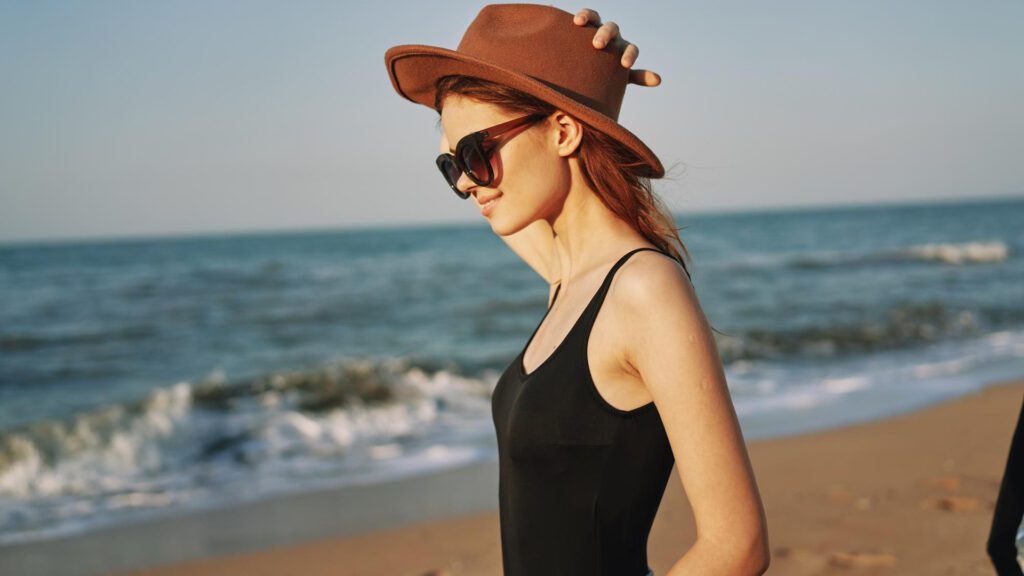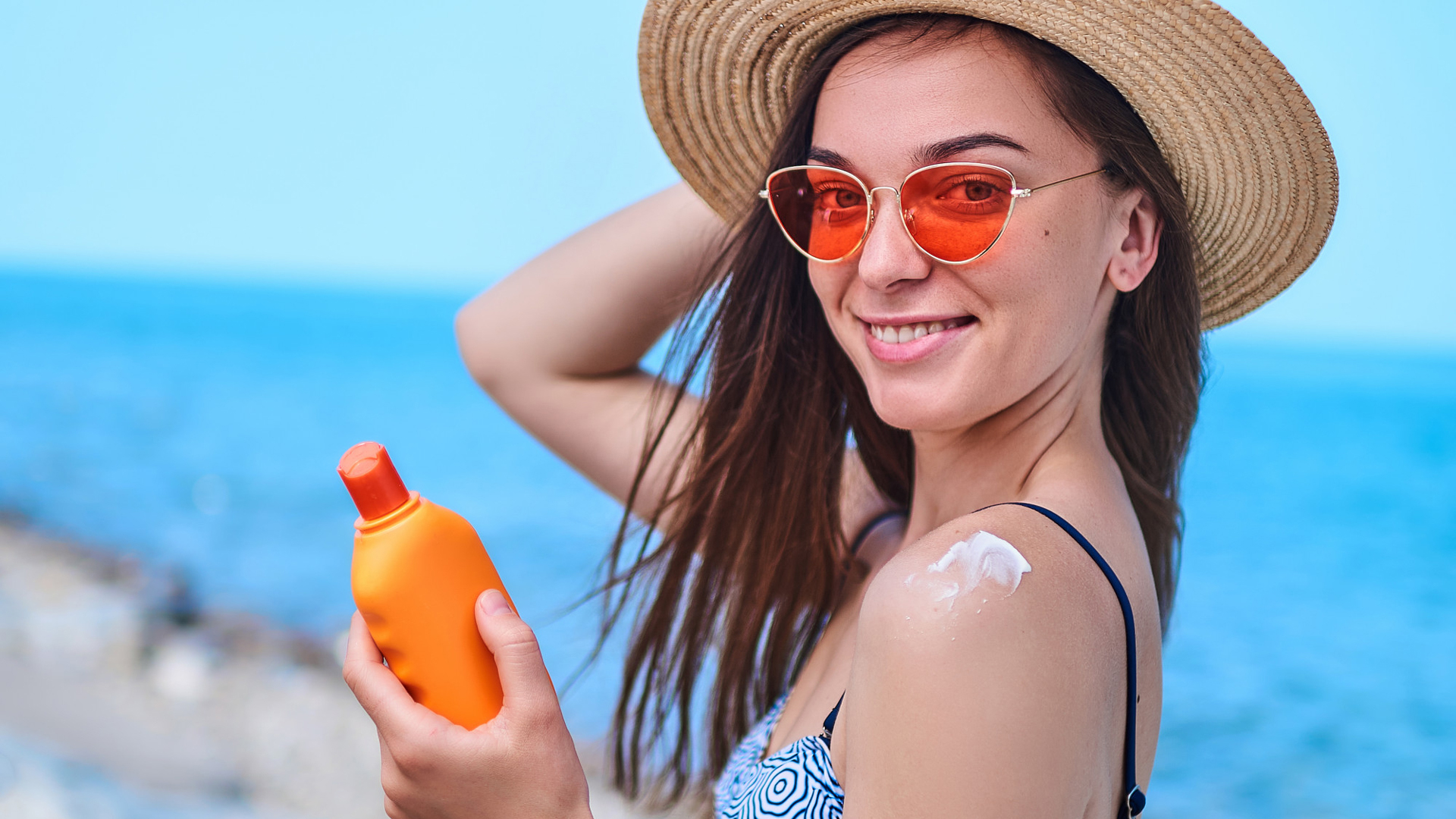I was always so paranoid about getting my skin tanned and damaged. This led me to try every single thing that could possibly protect me.
After sufficient trial and error, I can only say that sunscreen use is the only cheat code out there. Yes, other tips can help with the intensity of UV exposure and I will get into the details of that here.
Understanding the Sun Tanning Process
When exposed to the sun, the skin produces melanin, a pigment that gives skin its color and helps protect it from UVB and UVA rays.
However, this exposure can also lead to skin damage and increase your risk of skin cancer.
How To Prevent Tanning? Using Sunscreens
If you want to prevent this sun damage, you must apply sunscreen with a high sun protection factor (SPF) before going outdoors, especially if you spend extended periods in the sun.
The American Academy of Dermatology recommends using broad-spectrum sunscreen every day with an SPF of 30 or higher to reduce tanning and protect your skin from the sun.
Not only this, many dermatologists also suggest reapplying sunscreen every two hours to keep your skin protected at all times.
Other Tips To Keep Your Skin Safe From The Effects Of Tanning

As I said above, sunscreen is the cheat code, but that doesn’t mean there aren’t other ways to reduce the intensity of UV exposure. Here are some other tips that can help you prevent getting tan:
Walking In Shade
Limit your sun exposure, especially during peak hours, typically between 10 AM and 4 PM. When outdoors, try to stay in shaded areas whenever possible to avoid direct sunlight.
Start Wearing Protective Clothing
To protect your skin from UV rays, wear long-sleeved shirts, long pants, and wide-brimmed hats. Look for clothing with an Ultraviolet Protection Factor (UPF) rating for added safety.
Often Wear Sunglasses
Wear UV-blocking sunglasses to protect your eyes and the delicate skin around them. This prevents tanning and reduces the risk of cataracts and other eye-related issues.
Stop Using Tanning Beds / Tanning Booths
Tanning beds can be harmful and increase the risk of skin cancer. If you desire a bronzed look without the damaging effects of sunburn, opt for sunless tanning products like lotions, sprays, or gels that can work for different skin types.
The same applies to tanning booths. While they may seem like a convenient option for a quick suntan, they can lead to photoaging and other harmful effects on skin and hair.
Avoid Reflective Surfaces
Surfaces like water, sand, and concrete can reflect UV rays, increasing exposure even when in the shade. Be aware of your surroundings and take extra precautions.
Educate Yourself on UV Index
Stay informed about the daily UV index in your area. The weather greatly influences the UV index. If it’s cloudy or early morning, the UV index will be low, and vice versa.
The higher the index, the more protective measures you should take to avoid tanning and skin damage.
Vitamin C Based Skincare Routine
This powerful antioxidant will help reduce skin damage, prevent conditions like dark spots and pigmentation, and add a glow to your skin.
You can layer your skincare with vitamin C serums, a vitamin C face wash, and even UV or SPF creams. If you’re learning how to protect your skin from the sun, it’s also beneficial to invest in sunscreens that are already infused with vitamin C.
Possible Risks Associated With Sun Exposure

Exposure to harmful UV rays, specifically UVA and UVB rays, can lead to serious conditions such as basal cell carcinoma and increase the risk of melanoma.
Moreover, excessive sun exposure can lead to conditions like melasma and other skin pigmentation.
Sun Protection Is Crucial
Sun protection is crucial for maintaining healthy skin and preventing various skin issues.
While skin tans may seem desirable, they are actually signs of damage caused by UV rays. Therefore, it is vital to protect your skin altogether.

